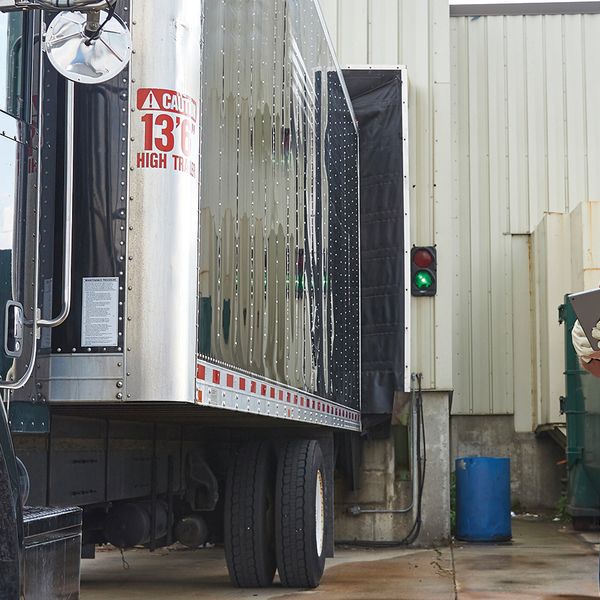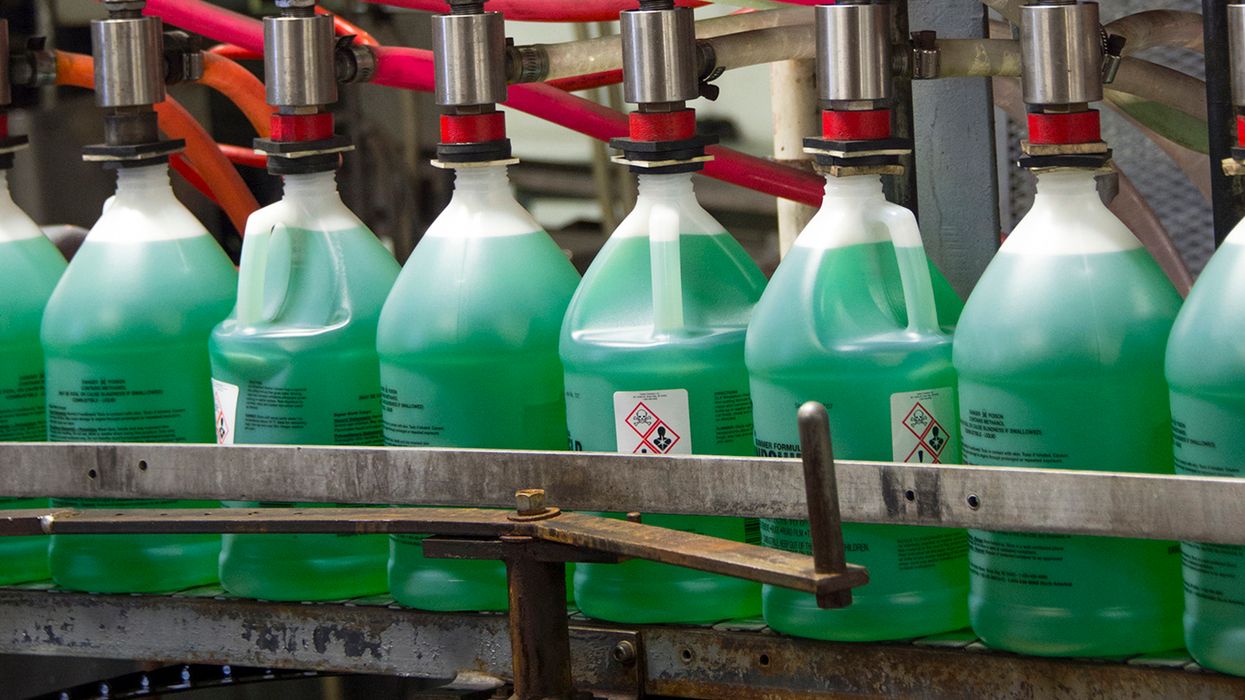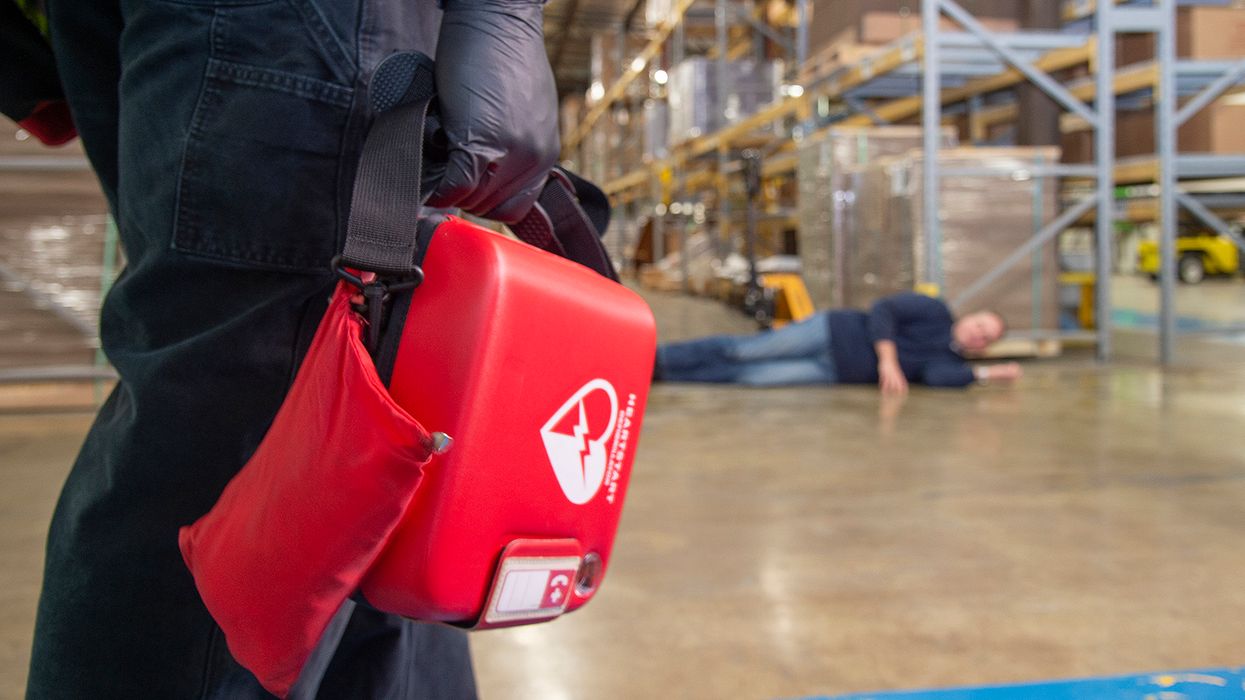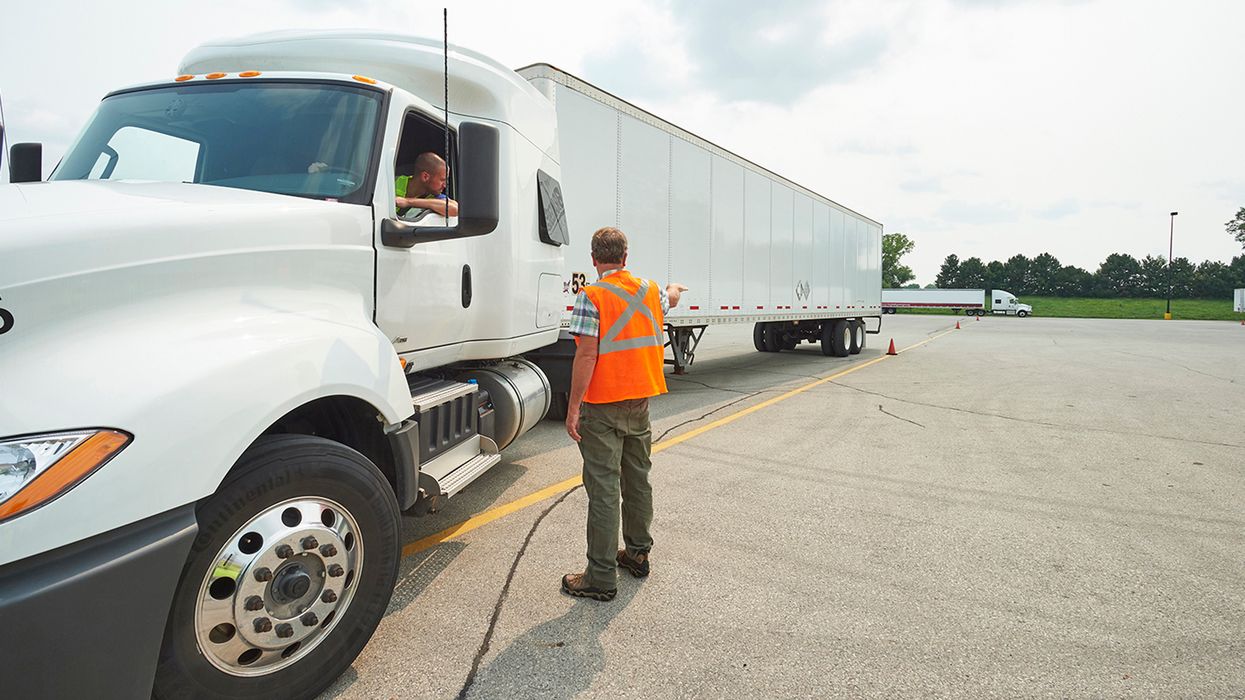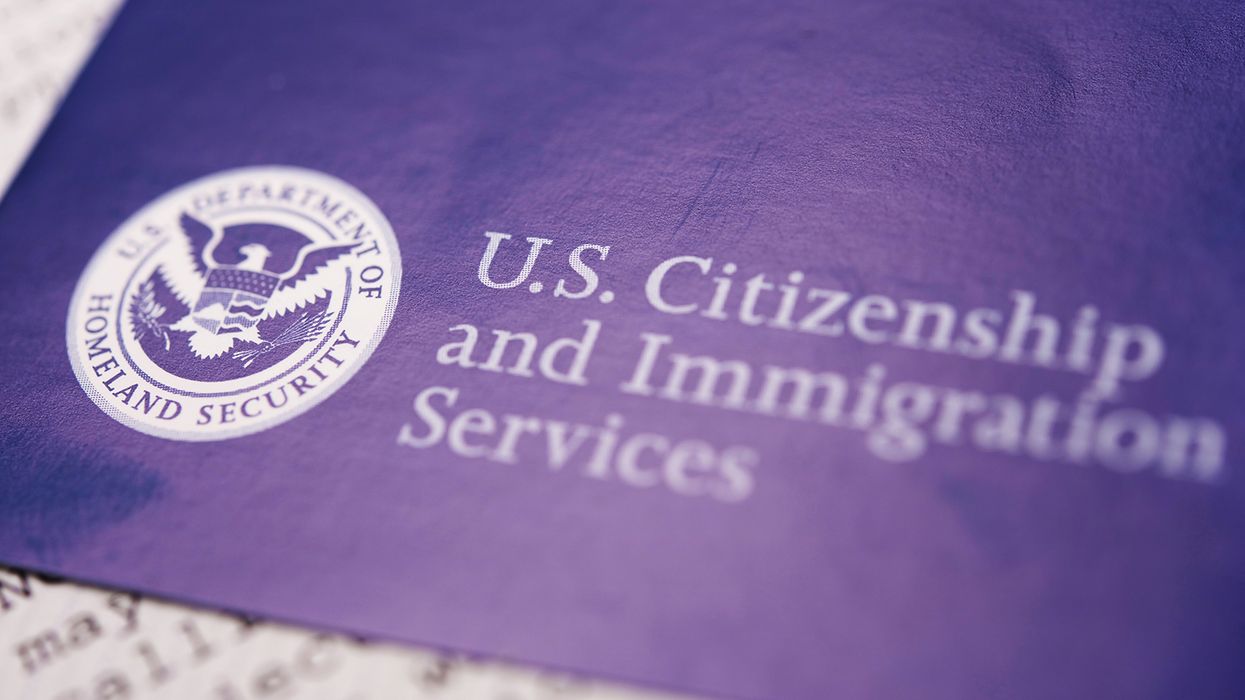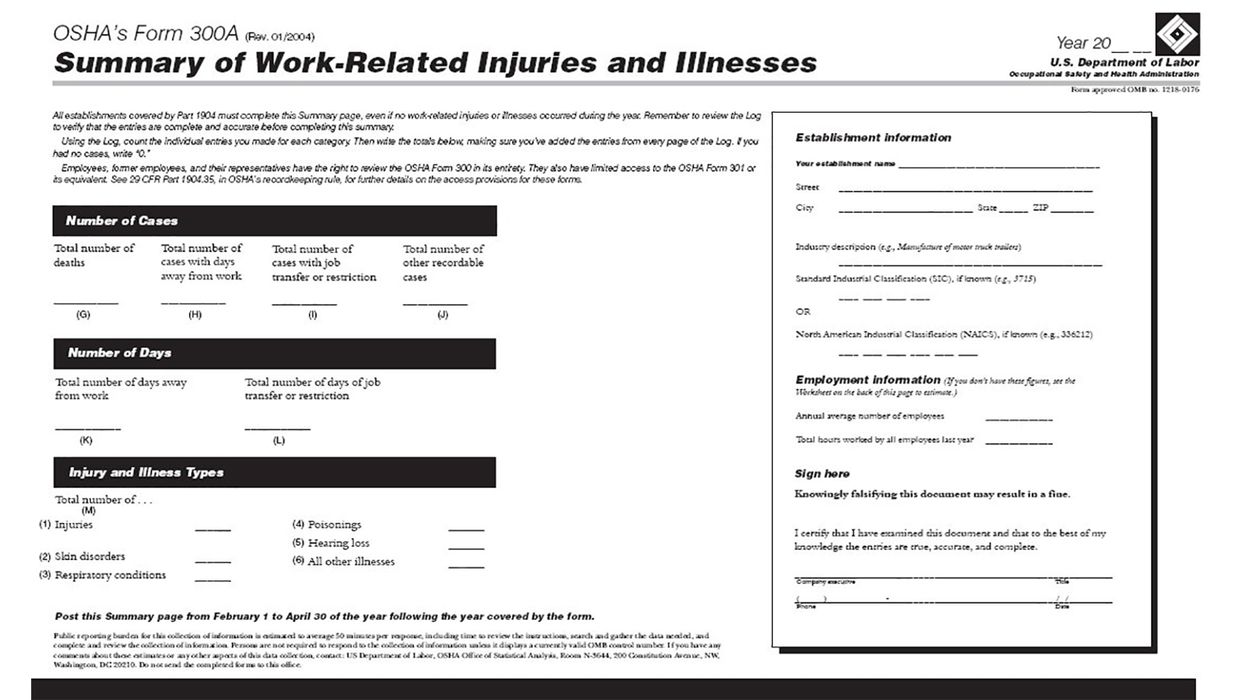How effective are CSA interventions?
The Compliance, Safety, Accountability (CSA) enforcement model has been in existence for over a decade. The program uses safety data from crashes and roadside inspections to identify high-risk motor carriers.
The Federal Motor Carrier Safety Administration (FMCSA) uses an array of interventions, rather than full-blown compliance reviews, to encourage these high-risk carriers to bolster their safety management controls and ultimately reduce the likelihood of being in an accident. But how effective is the CSA model in preventing crashes?
Monitoring CSA’s effectiveness
FMCSA uses the Carrier Intervention Effectiveness Model (CIEM) as a tool for measuring the safety benefits of state and federal interventions. Prior to CSA, the agency measured the effectiveness of compliance reviews.
The most current CIEM report was published by FMCSA in July 2022, reflecting data from fiscal years (FYs) 2017-2018. CIEM examined the following intervention types:
- Warning letters
- Offsite investigations
- Onsite focused investigations
- Onsite comprehensive investigations
The data concluded that CSA prevented:
- In FY 2017, 8,765 crashes, 4,818 injuries, and 269 fatalities.
- In FY 2018, 9,627 crashes, 5,153 injuries, and 275 fatalities.
CIEM calculations
CIEM uses a motor carrier’s crash rate (crashes per carrier power unit (PU)) for a defined period before and after receiving an intervention. The difference between a carrier’s pre- and post-intervention period crash rate represents the change in their safety performance during this timeframe. The model also takes into consideration the change in crash rates of those not receiving interventions over the same period.
To account for differences between small and large carriers, the study provided pre- and post-intervention comparisons within carrier size groups using PU counts. Based on FMCSA’s data, those with fewer PUs have shown the highest reductions each year, beating out larger operations.
| Carrier Size Group | FY 2016 | FY 2017 | FY 2018 |
| 1-5 PUs | 49.7% | 53.2% | 51.4% |
| 6-20 PUs | 36.5% | 37.8% | 39.8% |
| 21-100 PUs | 16.4% | 21.1% | 21.0% |
| 100+ PUs | 2.1% | 2.5% | 3.1% |
Effectiveness based on intervention type
The model examined safety benefits based on the type of intervention. CIEM reviewed the number of carriers by intervention type in FY 2018. For those receiving more than one type of intervention, the FMCSA categorized the carrier under the first intervention type it received.
The following estimates the number of prevented crashes, injuries, and fatalities for FY 2018:
| Intervention | Carriers receiving the intervention | Crashes prevented | Injuries prevented | Fatalities prevented |
| Onsite Focused | 6,892 | 1,462 | 782 | 42 |
| Onsite Comprehensive | 5,484 | 1,135 | 607 | 32 |
| Offsite Focused (non-ratable) | 223 | 0 | 0 | 0 |
| Other Non-ratable Review | 468 | 31 | 17 | 1 |
| Warning Letter | 26,884 | 6,622 | 3,545 | 189 |
FMCSA cautions that conclusions should not be drawn on the effectiveness of individual intervention types due to the different safety profiles of carriers receiving each intervention type.
However, FMCSA believes its data provides evidence that its CSA program works. Those high-risk carriers that receive an intervention are more likely to improve their safety programs and reduce the number of crashes they are involve in.
Key to remember: Data appears to support FMCSA’s use of interventions as a means of preventing crashes, injuries, and deaths.







